9 Minutes
Introduction: Redefining the Soulslike Multiplayer Experience
If you thought you understood the Soulslike formula, Elden Ring: Nightreign is here to challenge everything you know. FromSoftware's latest experimental project distills the iconic Elden Ring experience into a dynamic, high-intensity multiplayer adventure—delivering adrenaline, strategic teamwork, and deep RPG mechanics in sessions built for today’s competitive, co-op-driven gaming era. For tech-savvy players and digital innovators alike, Nightreign emerges not only as entertainment but as a textbook example of how established brands can push the boundaries of interactive technologies and gameplay models.
Nostalgic Foundations Amid Stark Innovation
The Roundtable Hold: Familiar Yet Unexpected
Launching into Nightreign, veteran Elden Ring fans will immediately recognize the once-mighty Roundtable Hold, now a monument to decay. Overgrown weeds infiltrate the rotting timber, sunlight pours through a jagged hole where legendary events once transpired, and each shadowed corner hints at former glories brought to ruin. This subtle environmental storytelling mirrors the essence of Nightreign itself—a space at once known and shockingly different.
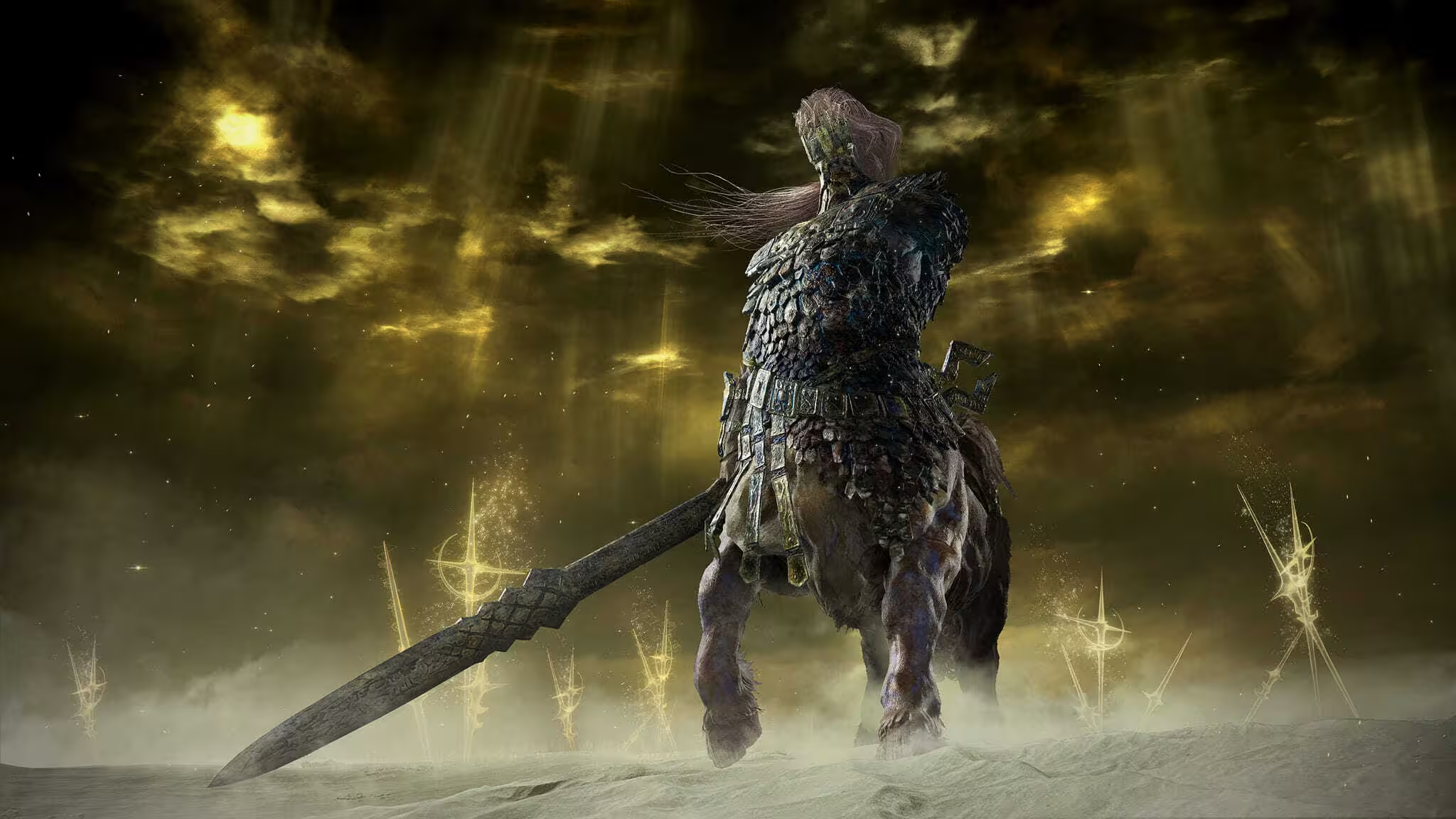
While core Soulslike combat mechanics remain, Nightreign’s spirit is subversive. Rather than slow, solitary exploration, the game invites players into streamlined, frenetic multiplayer expeditions emphasizing speed, coordination, and improvisation. It's a masterclass in balancing legacy and experimentation—a crucial lesson for developers and technology strategists.
Retaining the Elden Ring DNA
From the terrifying Bell Bearing Hunter to the enigmatic Ancient Hero of Zamor, iconic threats and settings persist, reassuring longtime fans. Yet, with its daring pivots—prioritizing momentum, group tactics, and timed objectives—Nightreign may be FromSoftware’s most technologically innovative reinvention yet.
The Game Structure: Fast, Fierce, and Richly Layered
Dynamic Expeditions: Multiplayer Excellence
Each session begins with players selecting a Night Lord (boss) target and embarking on a 35-45 minute Expedition across three in-game days. In ideal scenarios, teams of three canvass Limveld—a dynamic, reimagined version of Limgrave, punctuated by procedurally altered enemy distributions and event hubs. This system, reminiscent of the best roguelites and extraction shooters, leverages randomization technology to ensure no two playthroughs are identical, a significant technical accomplishment in multiplayer game design.
All participants start at Level 1. Strategic resource management becomes instantly vital, as players hunt runes, gear, and upgrades. Networking and matchmaking protocols operate seamlessly, offering technology news readers a template for effective, scalable multiplayer infrastructure.
High Stakes with Battle Royale Flair
Borrowing the engagement hooks of battle royale titles, Nightreign introduces "The Night’s Tide,” a deadly shrinking zone of blue flame. This mechanic deliberately forces convergence, prompting climactic boss encounters and ramping up both intensity and technical performance requirements on servers. Surviving two days unleashes the ultimate showdown with the selected Night Lord, capping each run with a spectacle of coordinated, high-pressure combat. Even defeat brings new relics, incentivizing return play—a feature critical to maintaining player engagement and digital content retention.
Streamlined Progression for the Modern Gamer
Gone is the granular, stat-by-stat leveling of classic Souls games. Here, a single press at any Site of Grace automatically upgrades the key stats for a given player archetype, representing a user-centric, accessibility-minded design that minimizes grind and maximizes game-flow satisfaction. This parallels leading tech UX trends, emphasizing frictionless onboarding and progressive mastery.
.avif)
Traversal and Map Design: Speed and Innovation
Reimagined Movement and Environmental Interaction
Nightreign’s traversal mechanics are a far cry from the methodical pace of its predecessors. Characters sprint with the velocity of Torrent, Elden Ring’s spectral steed. Spiritspring jumps, wall climbs, and rides on ethereal eagles grant multi-layered, vertical navigation, all without the threat of fall damage. Such systems showcase how advanced physics and animation engines can reframe established gameplay archetypes for today’s action-oriented audience, a trend to watch for future AAA titles.
The "One More Game" Loop
Each daylight phase encourages efficient farming for resources: runes, item upgrades, new weapons, and special objectives. Hard-won lessons from each failed attempt keep the learning curve steep yet rewarding—a hallmark of FromSoftware’s approach to psychological engagement. Tech innovators should note how these mechanics foster not just replay value but a habitual player base, sustaining product relevance in a crowded digital market.
Combat Mechanics: Classic Depth, Modern Spin
Battles with Consequence
PvE encounters escalate in complexity as teams tackle Great Enemies and Field Bosses, each threatening devastating wipes but holding the promise of powerful rewards. With no ability to reset mid-expedition and penalties applied for quitting, Nightreign deftly balances risk-reward tension—an effective way to boost emotional investment and ensure meaningful user retention, especially relevant for game studios exploring Games-as-a-Service (GaaS) models.
Dynamic Encounters & Multiplayer Synergy
Boss battles are the centerpiece, featuring returning favorites like Magma Wyrm and introducing new foes, including crossover cameos from the Dark Souls universe. The contest climaxes against the Night Lords, each designed with unique mechanics (for example, Gladius, a three-headed wolf boss with innovative attack patterns), highlighting FromSoftware’s prowess in AI design and encounter creativity.
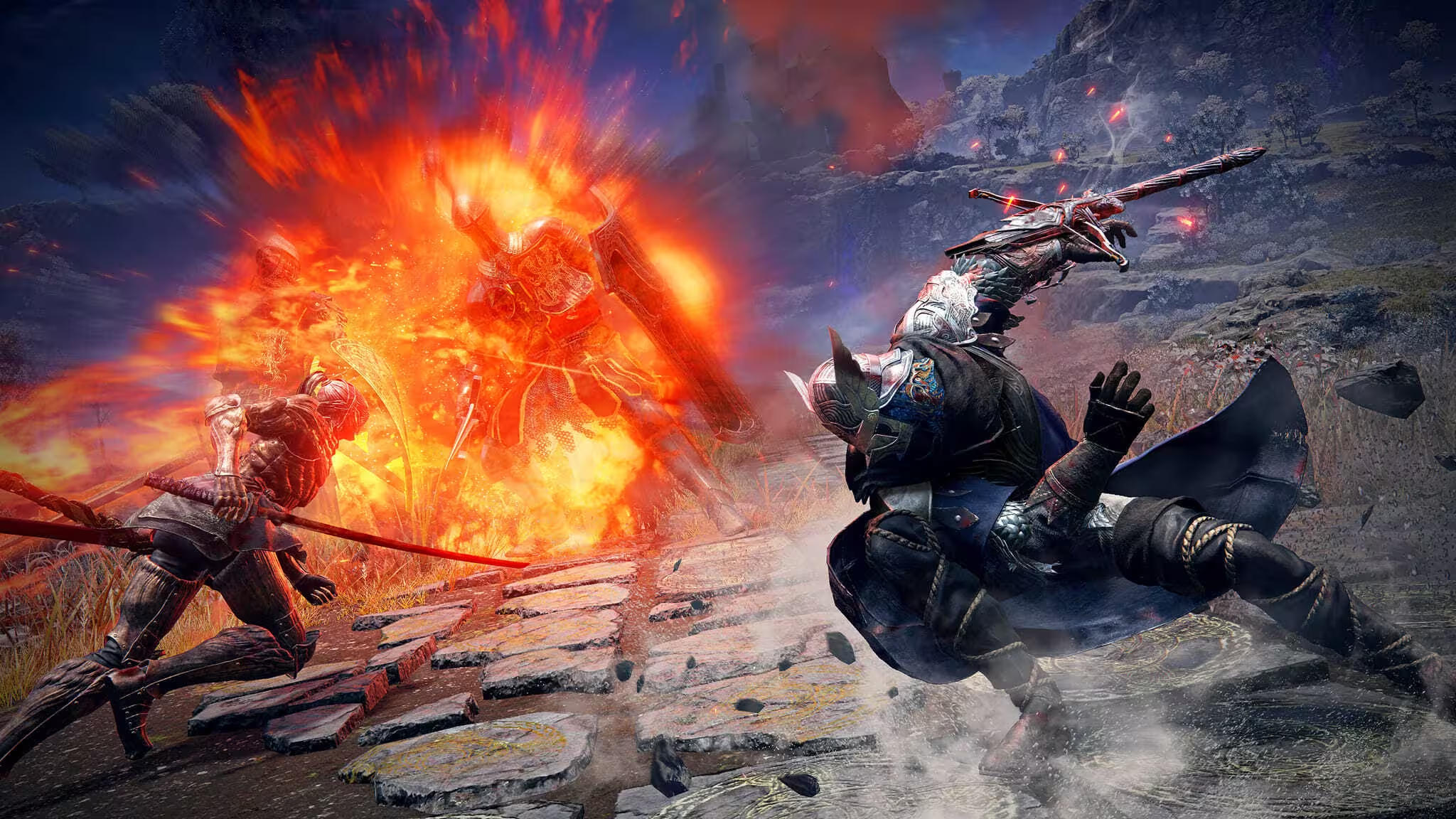
Diverse Playable Classes: Nightfarers
Players choose from eight unique "Nightfarers"—each embodying a classic archetype: tanks, archers, sorcerers, and agile fighters. Every class possesses bespoke passive skills, activation abilities, and "Ultimate Arts" that can turn the tide of battle. For instance, the Duchess enjoys extra dodges, Revenant conjures ghostly allies, while Ironeye’s ultimate is a game-changing ranged snipe. Inter-class synergy is not only encouraged but necessary—mirroring best-in-class team-based game design seen in modern esports and cooperative online titles.
Systemic Weapon Customization & Strategy
Nightreign’s itemization system breaks convention by allowing any class to wield any available weapon, independent of strict stat thresholds. Weapon passives deliver persistent bonuses, adding a meta-strategic layer and nudging digital product developers to consider how cross-functional tools can enrich user choice and creativity in gaming ecosystems. For reviving downed allies, ranged weapon mechanics provide an extra layer of tactical depth—a design decision that elevates team play and strategic resource allocation.
Building a Living World: Narrative and Innovation
Personal Stories and Lore Expansion
Storytelling persists via individualized "Remembrances" for each Nightfarer. Players can track journal entries in the Roundtable Hold, unraveling character arcs driven by fate, ambition, and hidden agendas. This structure keeps solo and group players equally engaged, while also adding new lore to Elden Ring’s celebrated mythos—a nod to the importance of narrative features in enhancing digital engagement and brand sustainability.
World Events and Environmental Variety
Shifting Earth events periodically transform Limveld’s landscape—introducing new environmental challenges such as mountain ranges, infernal craters, and labyrinthine cities. These not only refresh the visual experience but leverage dynamic content generation, aligning with current trends in adaptive world design and cloud-powered content updates. World events, from spontaneous boss spawns to hostile NPC invaders, maintain unpredictability and ensure every session offers something new, a method proven to increase active player retention and session frequency.
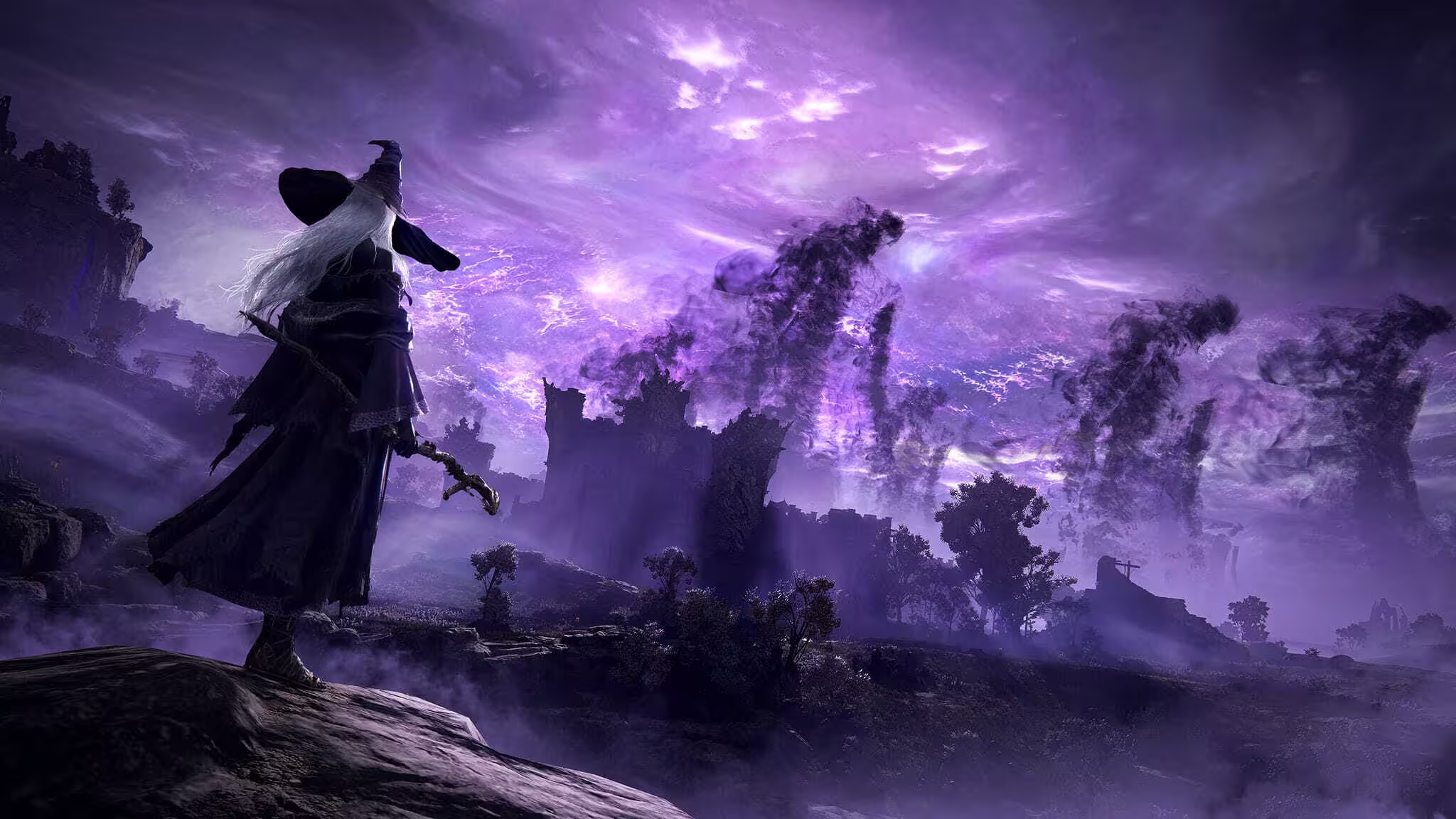
Player Experience: Solo vs. Multiplayer Implications
Designed for Teams, Possible for Soloists
While it is technically possible to complete Nightreign solo, the escalating difficulty and simultaneous multi-boss fights mark it clearly as a team-first experience. Health and enemy damage algorithms scale to party size, a practice worth emulating for developers seeking to balance difficulty in hybrid single/cooperative titles. The absence of in-game voice chat and the one-player limit on Remembrance progression add minor friction, but the integrated pin system for strategic coordination provides an elegant, lightweight alternative.
Product Features: A Technology Showcase
- Procedural Map Generation: Randomized enemy placements and locations ensure high replay value.
- Seamless Multiplayer Matchmaking: Fast, reliable matchmaking demonstrates robust backend infrastructure.
- Automated Attribute Upgrading: Streamlined progression aligns with modern UX principles.
- Class & Weapon Versatility: Any class can wield any weapon, supported by a rich passive system.
- Expansive Narrative Content: Dynamic character arcs and world events keep lore and gameplay fresh.
- Performance-Optimized for Modern Platforms: Consistent technical performance ensures competitive integrity and smooth gameplay on contemporary hardware and cloud gaming setups.
Comparison to Other Genre Leaders
Compared to standard roguelites or battle royale games, Nightreign stands out with its rich lore, intricate boss design, and meaningful character synergies. Against other co-op-centric AAA titles like Destiny 2 or Warframe, Nightreign’s user-defined pacing and focus on adaptable strategies demonstrate how established franchises can remain agile and innovative within a rapidly shifting digital landscape.
Market Relevance: FromSoftware’s Bet on Multiplayer Metamorphosis
Elden Ring: Nightreign illustrates a broader trend of established game studios leveraging emerging technologies (procedural generation, adaptive scaling, cross-platform multiplayer) to address the growing market for social, competitive, and replay-driven gameplay. For technology journalists, Nightreign serves as a case study in risk and reward: a company confident enough in its design ethos to fuse genres, subvert player expectations, and create a distinct market niche.
In a world of iterative sequels and risk-averse digital products, Nightreign’s bold, experimental DNA is a breath of fresh air—and a challenge for other studios to follow.
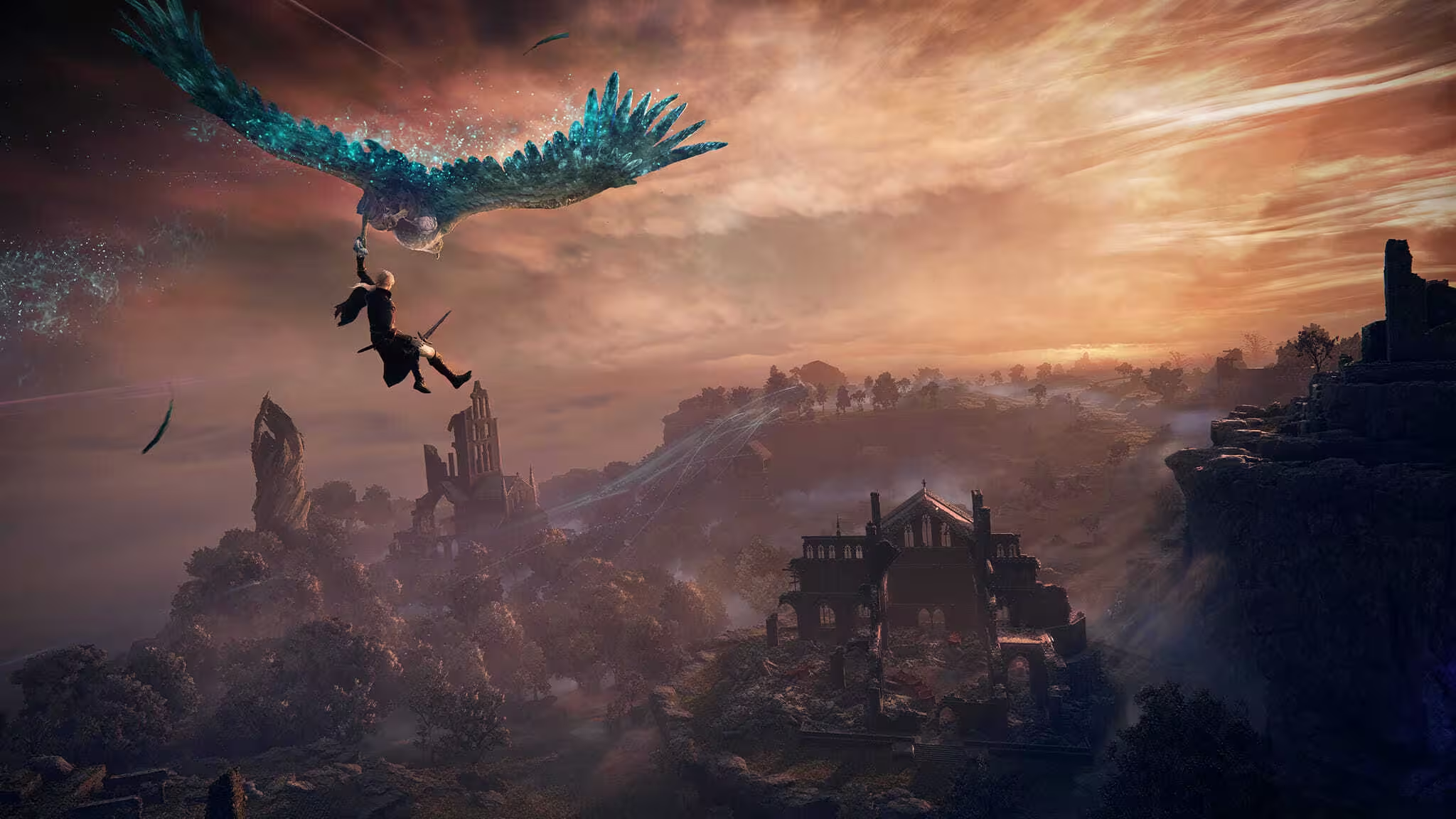
Advantages and Use Cases: Who Is Nightreign For?
- Hardcore Action RPG Fans: Soulslike enthusiasts will relish the challenging combat and dense lore.
- Co-op Multiplayer Enthusiasts: Nightreign’s design flourishes with real-time communication and teamwork—a perfect use case for friends and competitive squads.
- Roguelike & Battle Royale Veterans: Players seeking quick, high-stakes sessions will find novel challenges here.
- Digital Product Developers: Anyone interested in systems design, procedural content creation, or multiplayer infrastructure will find Nightreign a fascinating testbed of technical innovation.
Drawbacks: Room for Evolution
While Nightreign nails its cooperative core, several design quirks—such as lack of a run reset, punitive quitter penalties, and restrictive narrative progression—offer both friction and opportunities for future updates or mod support. The planned post-launch DLC will be critical in sustaining long-term engagement and market relevance.
Conclusion: A Triumph of Digital Experimentation
Elden Ring: Nightreign breaks new ground for FromSoftware, compressing the grandeur, challenge, and mystery of the Soulsborne legacy into a pulse-pounding, multiplayer-first format. Its sophisticated mechanics, technical virtuosity, and relentless pace set a new standard for cooperative action RPGs. For the Lithuanian technology community—and the global gaming audience—Nightreign stands as proof that risk, innovation, and mastery of technological tools are as vital to digital product success as any established formula.
Whether you’re an industry professional, a developer seeking inspiration, or an enthusiast tracking the evolution of multiplayer game technology, Nightreign is a must-experience phenomenon—raising the bar for what next-generation interactive entertainment can achieve.

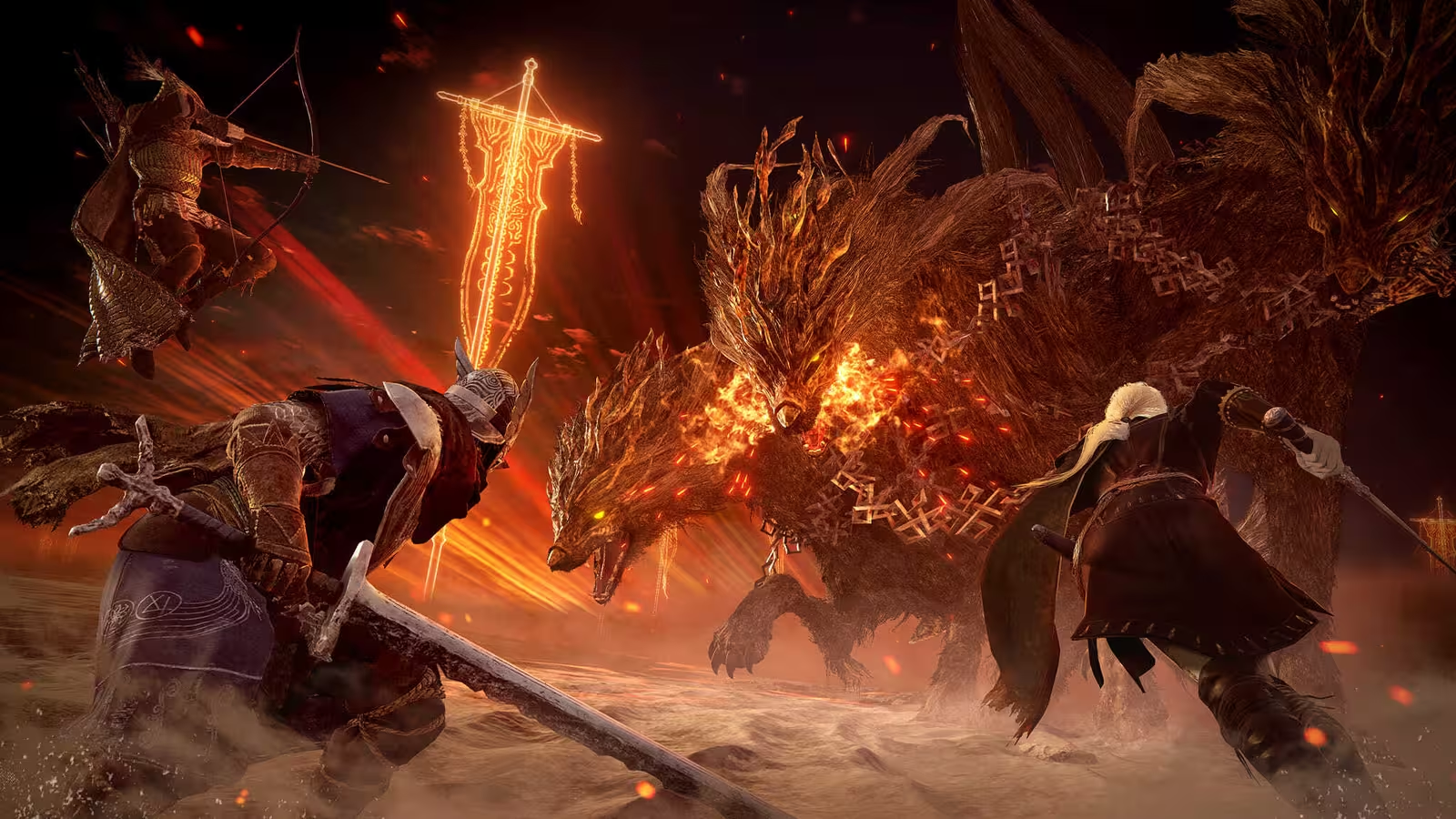
Comments